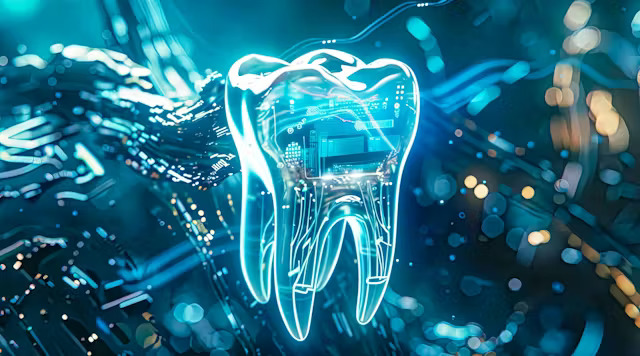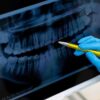The Evolution of Dental Ceramics: From Porcelain to High-Performance Materials
Dental ceramics have undergone a remarkable transformation over the past few decades, evolving from traditional porcelain to highly advanced, high-performance materials. This progression has significantly expanded the possibilities in restorative and cosmetic dentistry, offering improved aesthetics, durability, and biocompatibility.
The journey of dental ceramics began with feldspathic porcelain, prized for its natural appearance but limited by its fragility. While these traditional ceramics are still used in certain applications, particularly for veneers, the field has expanded to include a diverse array of materials with enhanced properties.
Leucite-reinforced glass ceramics marked a significant advancement, offering improved strength without sacrificing aesthetics. These materials allowed for the creation of more durable all-ceramic restorations, expanding their use to posterior regions where higher occlusal forces are encountered.
The introduction of lithium disilicate ceramics revolutionized the field. This glass-ceramic provides an excellent balance of strength and aesthetics, making it suitable for a wide range of applications, from single crowns to short-span bridges. Its ability to be efficiently processed using CAD/CAM technology has made it a popular choice in modern dental practices.
Zirconia represents another leap forward in ceramic technology. Originally introduced as a high-strength core material, zirconia has evolved to include more translucent varieties that combine exceptional durability with improved aesthetics. The latest generations of zirconia ceramics offer flexural strengths exceeding 1000 MPa, allowing for the creation of long-span bridges and minimally invasive restorations.
Hybrid ceramics, which combine ceramic and polymer networks, have emerged as an innovative solution for certain clinical situations. These materials aim to mimic the elastic properties of natural teeth, potentially reducing stress on the remaining tooth structure and offering improved shock absorption.
The advancement in ceramic materials has been accompanied by innovations in fabrication techniques. Digital workflows, including intraoral scanning and CAD/CAM milling or 3D printing, have made the production of ceramic restorations more precise and efficient. These technologies allow for the fabrication of complex geometries and the optimization of material thickness, enhancing both the fit and the structural integrity of restorations.
Surface treatments and sintering processes have also evolved to enhance the properties of ceramic materials. Techniques such as fluorapatite crystallization and glass infiltration can improve the strength and aesthetics of ceramic restorations. Additionally, advanced sintering protocols for zirconia have led to improved translucency without compromising strength.
The biocompatibility of modern dental ceramics is another area of significant advancement. Many of these materials exhibit excellent tissue response and low plaque accumulation, contributing to better periodontal health around restorations. Some newer ceramics even show promising bioactive properties, potentially promoting the integration of the restoration with the surrounding tissues.
Color management in ceramic restorations has become increasingly sophisticated. Multi-layered blanks and advanced staining techniques allow for the replication of the complex optical properties of natural teeth. This has elevated the aesthetic potential of ceramic restorations, making them virtually indistinguishable from natural dentition.
As the field continues to evolve, researchers are exploring novel ceramic compositions and processing methods. Areas of ongoing investigation include the development of self-repairing ceramics, materials with antimicrobial properties, and ceramics with improved machinability for chairside CAD/CAM systems.
For dental professionals, staying informed about these advancements is crucial. The choice of ceramic material can significantly impact the success of a restoration, and understanding the properties and indications of different ceramics is essential for optimal treatment planning.
The rapid evolution of dental ceramics underscores the importance of continuous education in the field of dental materials. As new products enter the market, clinicians must critically evaluate their properties and potential benefits to make informed decisions for their patients.
In conclusion, the field of dental ceramics continues to push the boundaries of what’s possible in restorative dentistry. From improved aesthetics to enhanced durability and biocompatibility, these advanced materials are enabling dental professionals to provide higher quality, longer-lasting restorations. As research progresses, we can anticipate further innovations that will continue to transform the landscape of dental ceramics and restorative dentistry as a whole.











